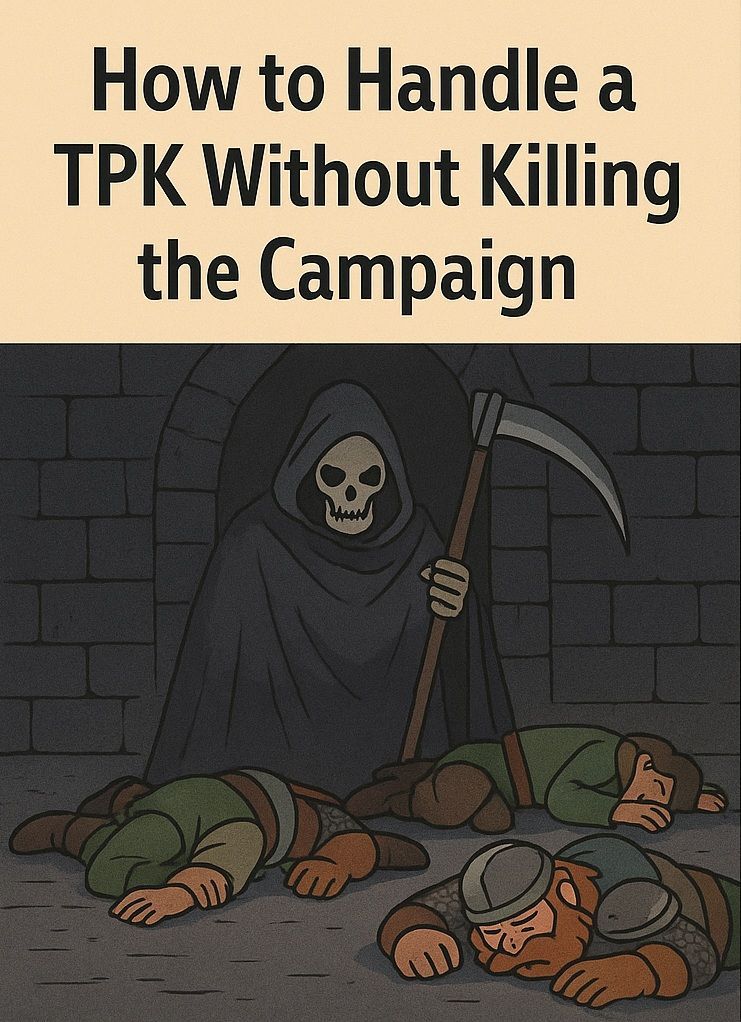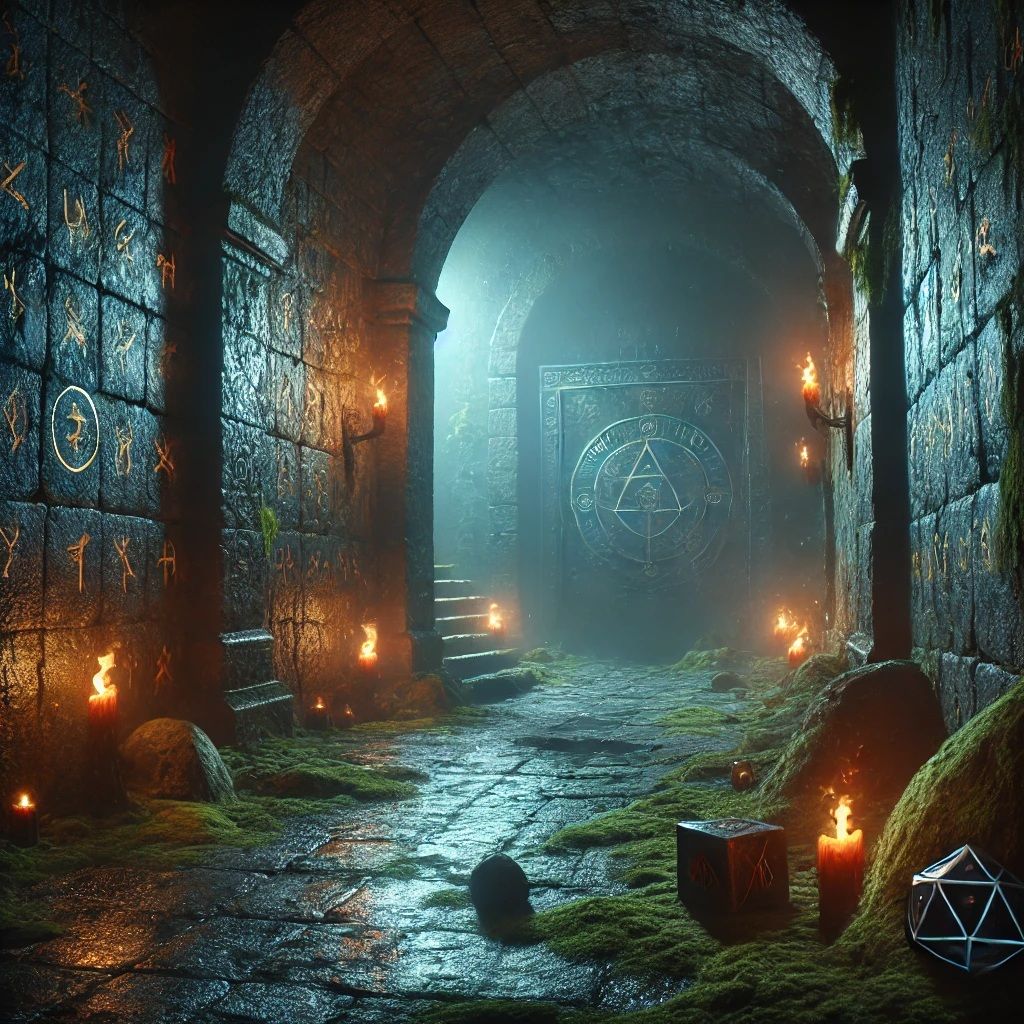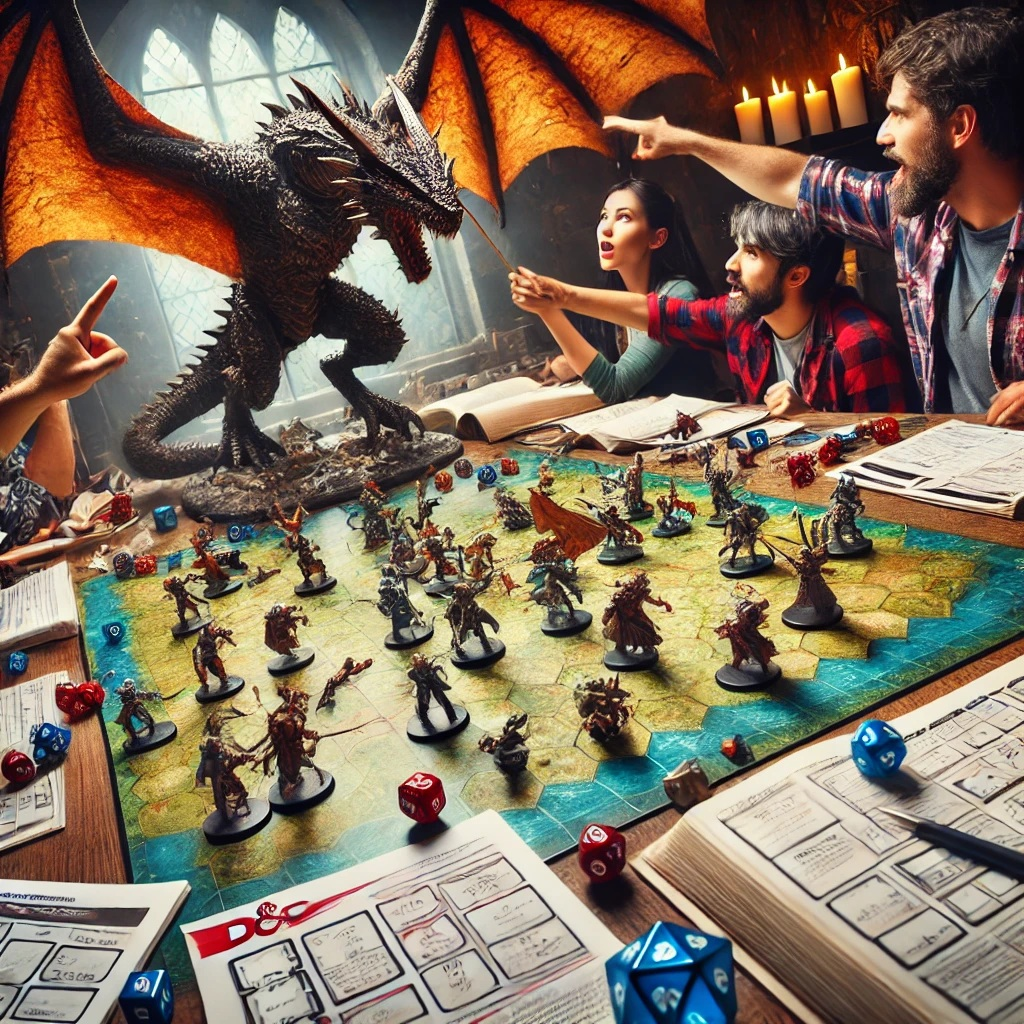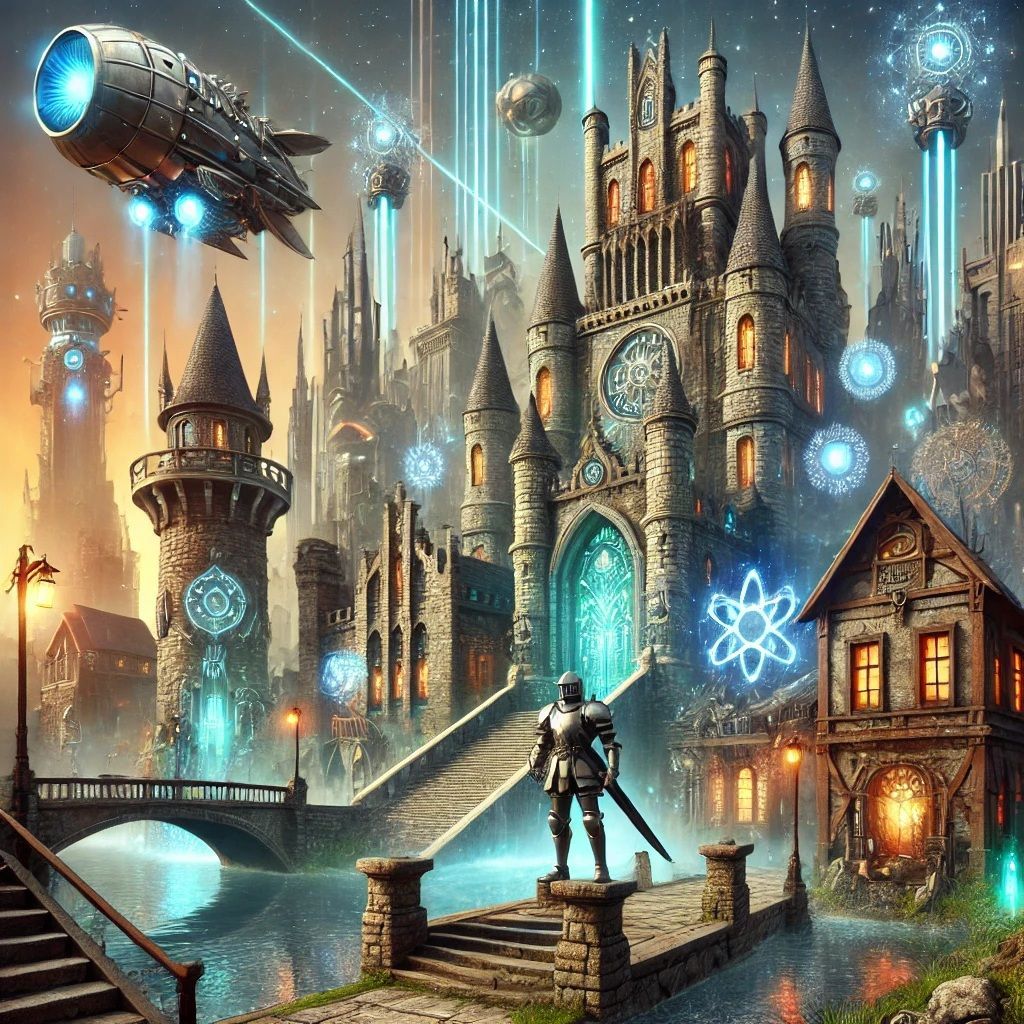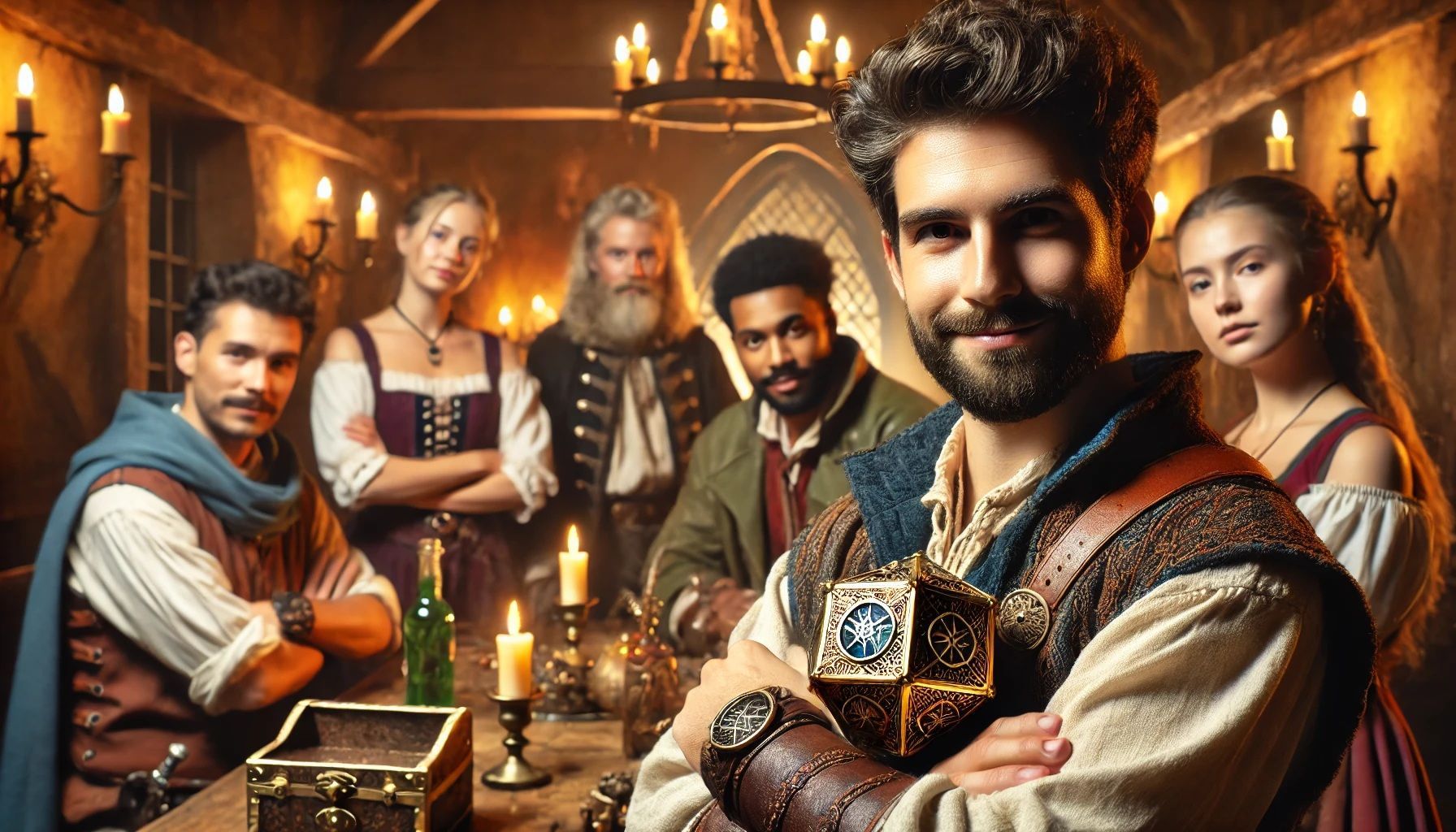Hosting D&D One-Shots: Planning and Execution
So you want to run a one-shot, eh?
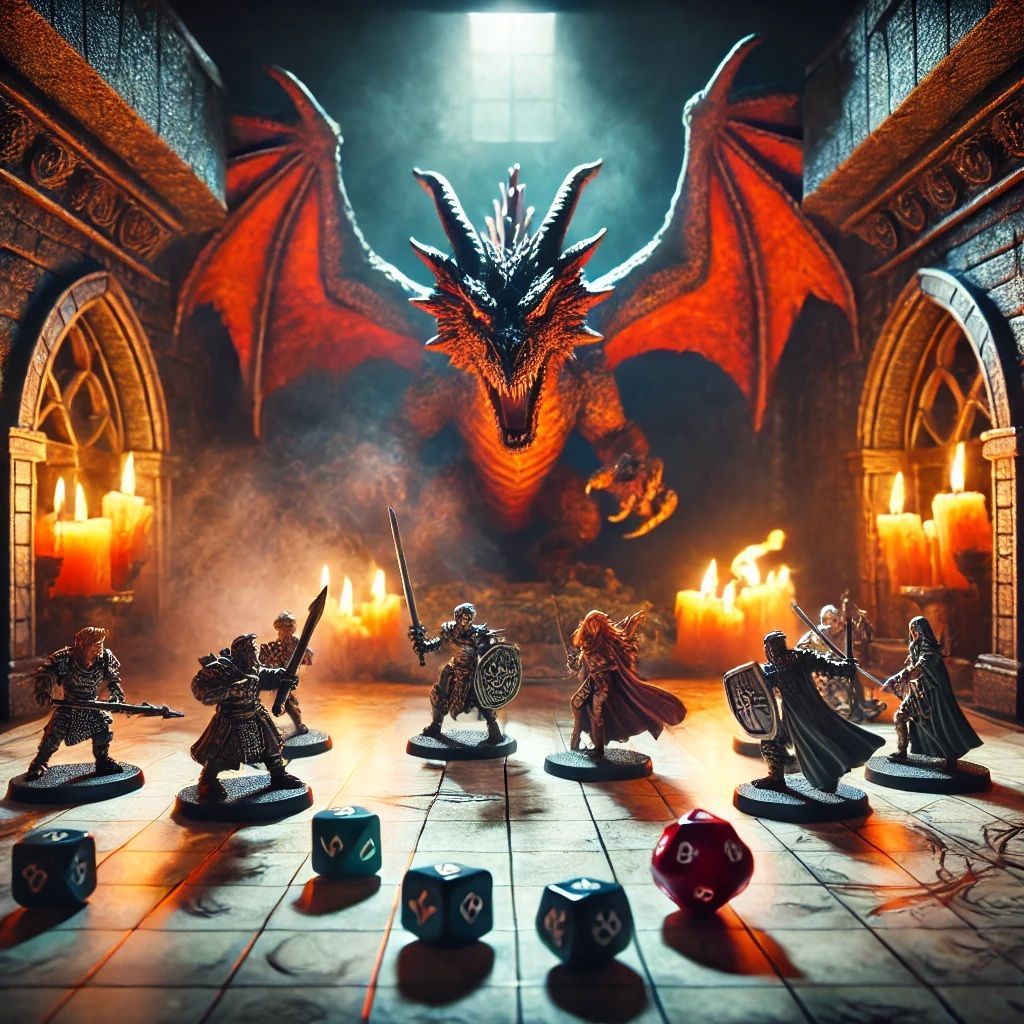
Dear Readers,
Running a Dungeons & Dragons one-shot can be a rewarding experience for both new and veteran Dungeon Masters (DMs). One-shots offer a unique opportunity to tell a self-contained story in a single session, making them ideal for introducing new players, testing out homebrew mechanics, or just enjoying a quick adventure without the commitment of a full campaign. However, planning and executing a successful one-shot requires careful consideration. This guide will walk you through every step of hosting an engaging and well-paced D&D one-shot.
Step 1: Define Your Goals
Before you start planning your one-shot, determine your main objective. Ask yourself:
- Is this one-shot meant to introduce new players to D&D?
- Do you want to test a new setting, mechanic, or rule system?
- Is this a filler session for an ongoing campaign?
- Are you running this for a convention or special event?
Understanding your goal will help you structure the game to meet the needs of your players.
Step 2: Choose a Theme and Setting
A one-shot should have a strong central theme to keep players engaged. Consider:
- Classic Dungeon Crawl – Explore a mysterious ruin, crypt, or wizard’s tower.
- Mystery/Investigation – Solve a murder, uncover a conspiracy, or track down a missing artifact.
- Heist/Rescue Mission – Infiltrate a stronghold, steal an object, or break someone out of prison.
- Survival Horror – A desperate fight against undead, eldritch horrors, or a cursed environment.
- Political Intrigue – Navigate social conflicts, power struggles, and courtly drama.
Your setting should align with your theme. Whether it's a haunted castle, a bustling city, or an alien wasteland, ensure it supports the story you want to tell.
Step 3: Keep It Short and Focused
A one-shot should be playable in three to five hours. To maintain this timeframe:
- Keep the adventure centered around one major goal or conflict.
- Limit locations to three to five key scenes.
- Avoid long travel sequences unless they serve the plot.
- Minimize complex puzzles or intricate backstories.
Step 4: Pre-Made vs. Custom Adventures
If you don’t have time to write a one-shot from scratch, many published modules can be adapted for your needs. Great resources include:
- Wizards of the Coast Adventures (e.g., Tales from the Yawning Portal)
- Dungeon Masters Guild (homebrew adventures from other DMs)
- Free online resources like One Page Dungeons
If you write your own, use a simple structure:
- Introduction – Why are the characters here? What is their goal?
- Obstacles – What challenges must they overcome?
- Climax – The final encounter, battle, or puzzle.
- Resolution – The outcome based on player choices.
Step 5: Pre-Generated Characters vs. Player-Made
To save time, consider offering pre-generated characters. This is especially useful for new players or time-limited sessions. However, if your players prefer making their own characters, establish guidelines:
- Set a level cap (typically Level 3–5 for balance).
- Provide a simple backstory connection to the plot.
- Restrict complex or homebrew subclasses unless you’re comfortable balancing them.
Step 6: Balance Encounters and Pacing
Combat should be quick and impactful in a one-shot. Tips for balancing encounters:
- Use one or two big fights rather than multiple small ones.
- Reduce enemy HP but keep damage output high for faster resolution.
- Consider adding time-based urgency (e.g., a collapsing dungeon or rising lava).
- Offer non-combat solutions to some challenges to keep variety.
For pacing:
- The first hour should introduce the story and setting.
- The second hour should build tension and challenges.
- The final hour should lead to the climax and resolution.
Step 7: Managing Player Expectations
At the beginning of the session, establish:
- Tone and genre (Is this horror, comedy, high fantasy, grimdark?)
- House rules (Are flanking rules in play? Are there custom mechanics?)
- Table etiquette (How do players call for a pause? Are phones allowed?)
- Time limits (Let players know they should act decisively.)
Step 8: Running the One-Shot
When the game starts:
- Begin in the action (avoid long exposition dumps).
- Keep NPC interactions brief (limit unnecessary side plots).
- Monitor pacing—if the session lags, cut unnecessary encounters.
- Reward creative problem-solving over dice rolls.
- Be prepared to improvise if players go off-script.
Step 9: Wrapping Up
The ending should feel satisfying. Whether the players succeed or fail, tie up loose ends and allow a moment for reflection. If possible, offer a short epilogue describing the consequences of their actions.
Final Thoughts
D&D one-shots are an excellent way to experiment with storytelling, mechanics, and playstyles. By keeping the game structured yet flexible, you can ensure a fun and engaging experience for your players. Whether you’re introducing new adventurers to the game or providing a quick and memorable session for veterans, one-shots are a fantastic tool in any DM’s arsenal.
Until next time, Dear Readers...















